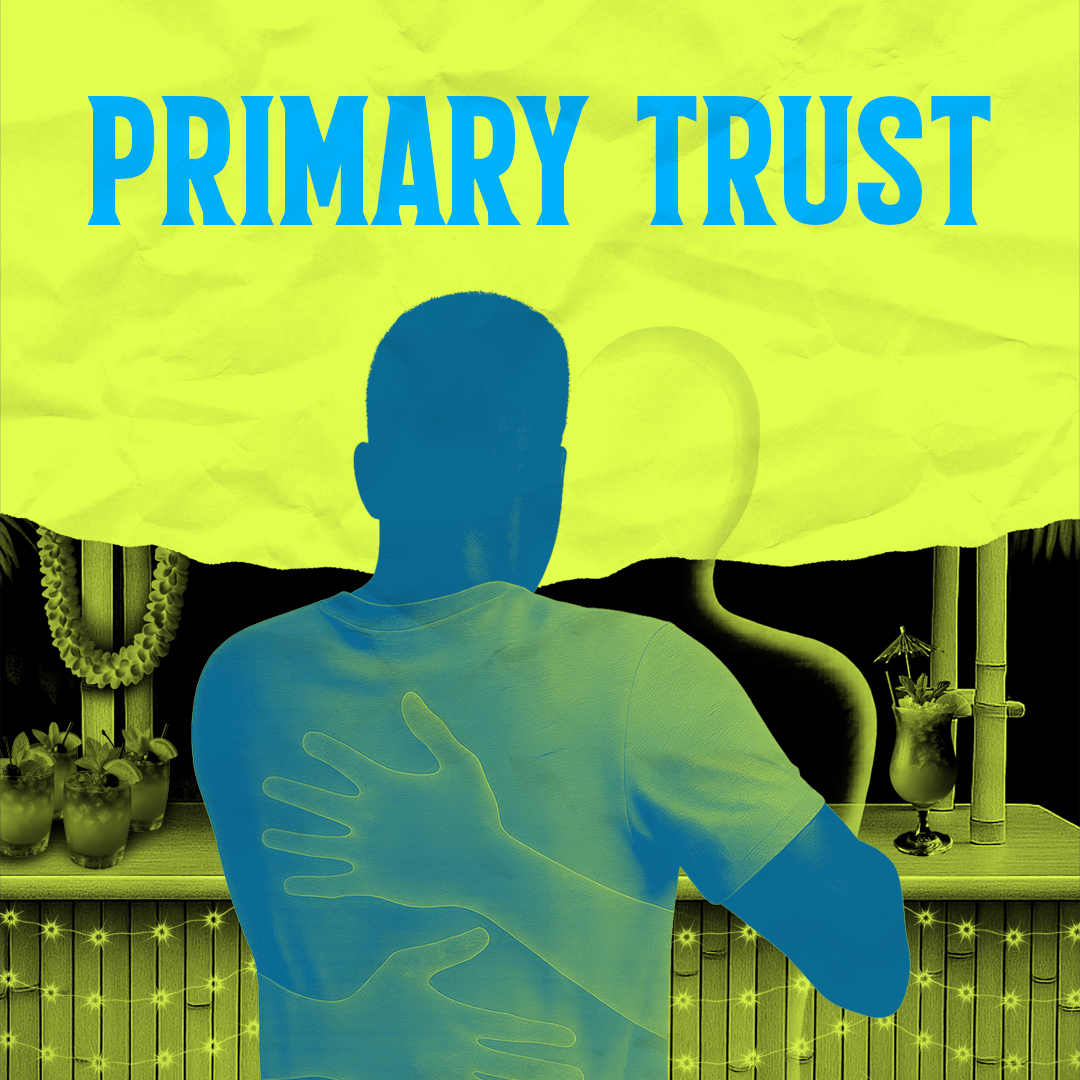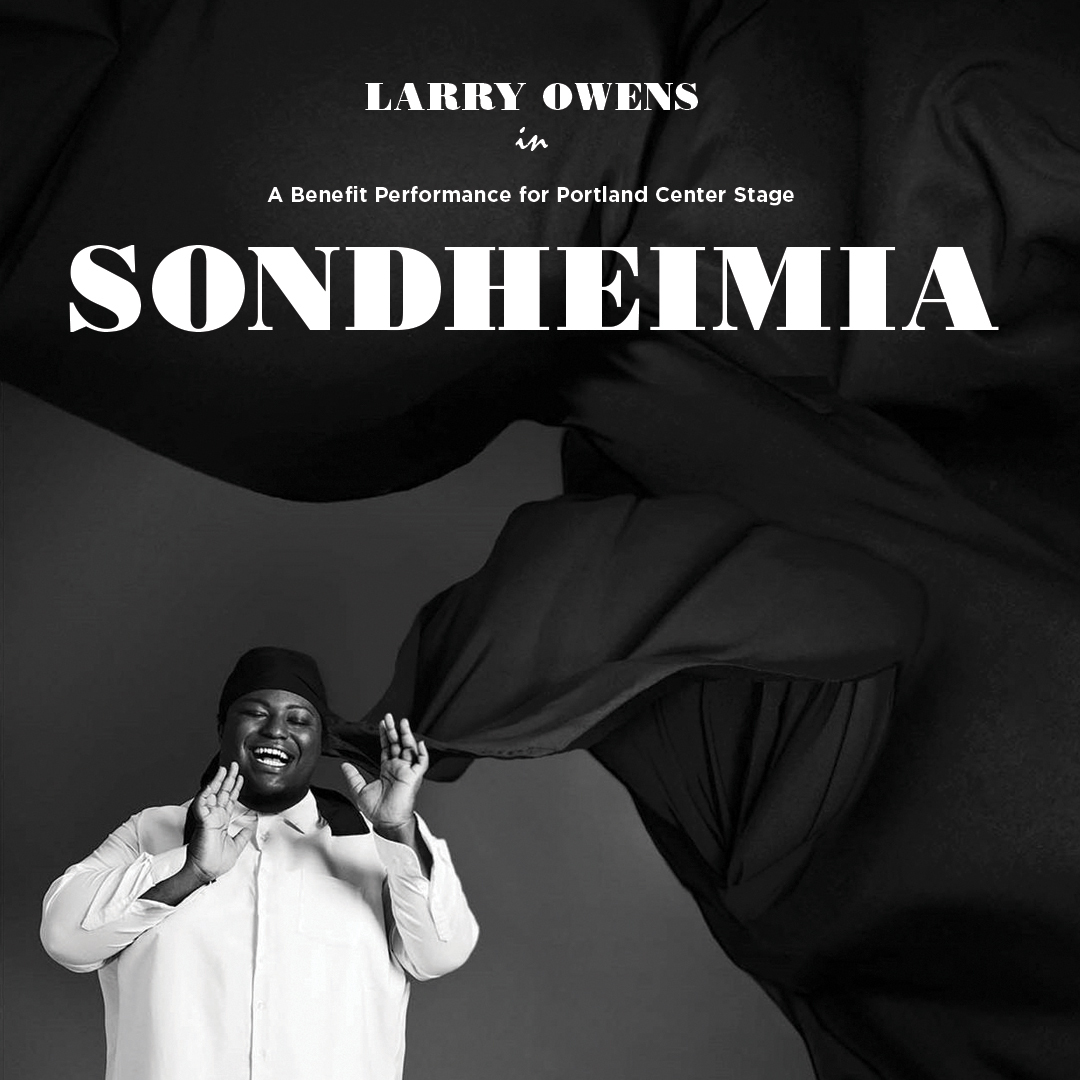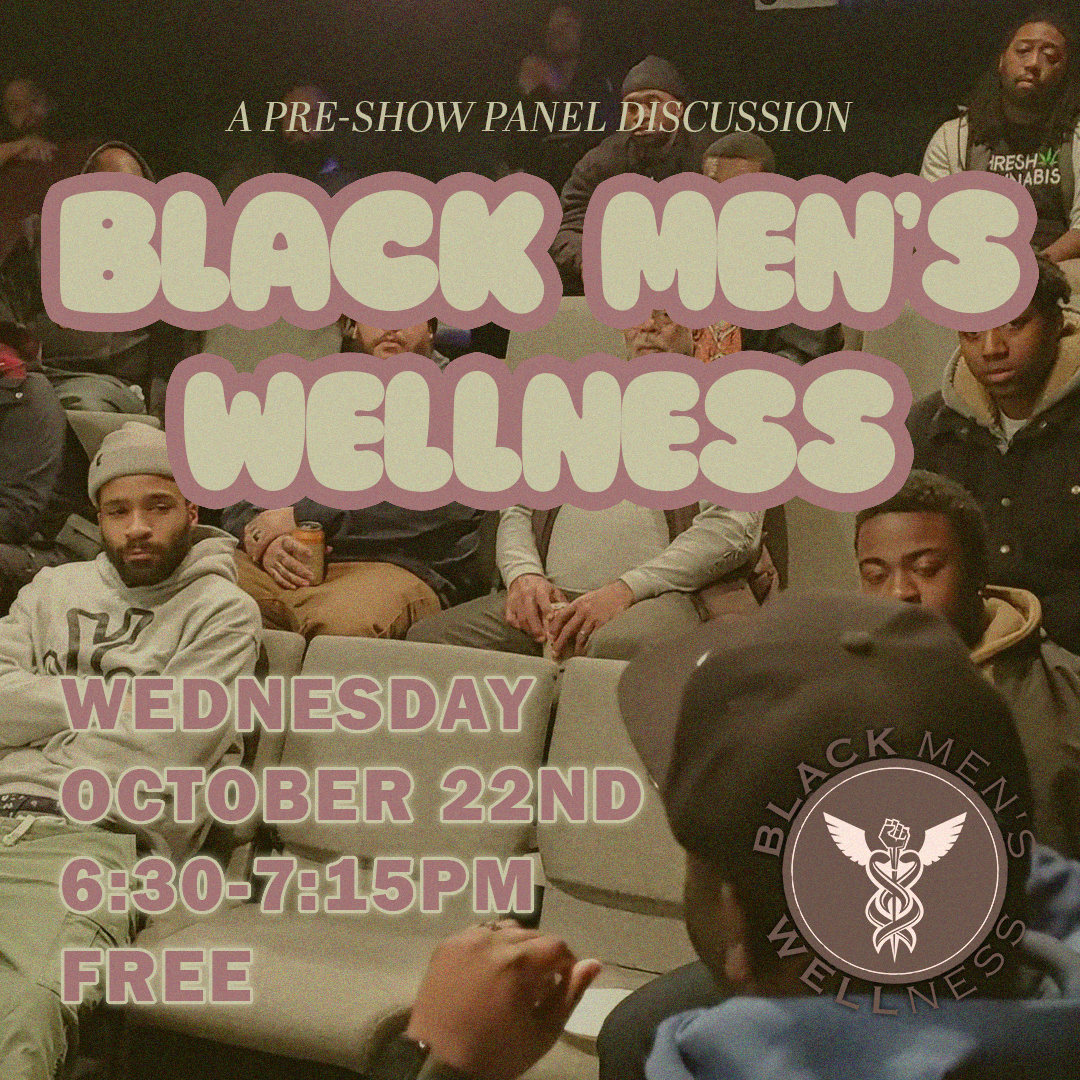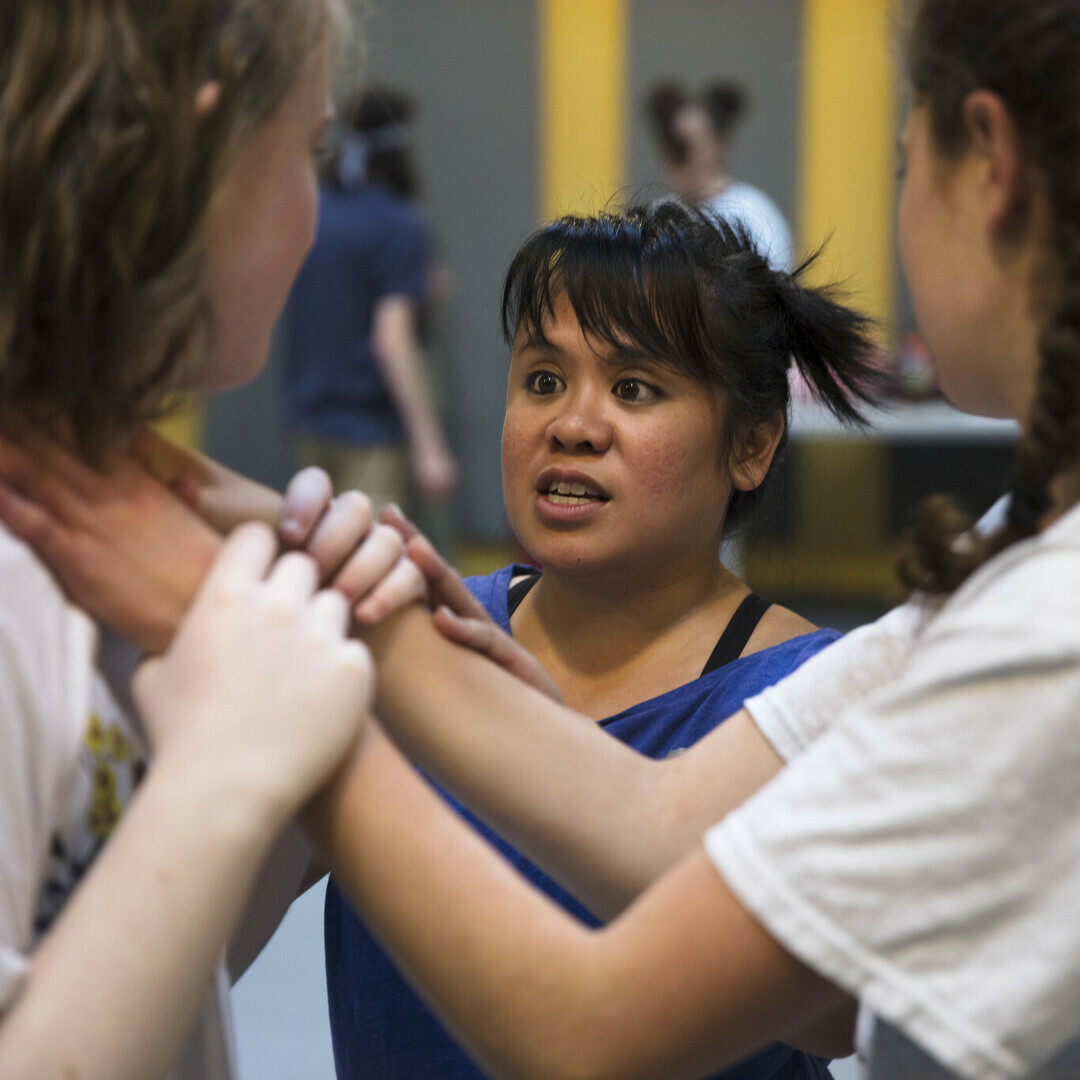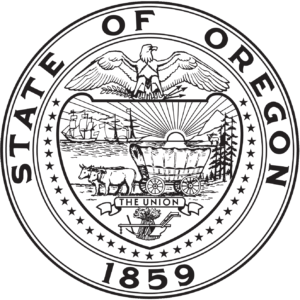Women’s Rights Movements
Overview
Women’s rights are defined as the changing goals in societal and political access for women, while feminism is the belief in the social, political, and economic equality of the sexes. Often called the Feminist Movement, the pursuit of women’s rights has taken several “waves” as the needs of women have evolved over time. It is important to note that while the faces of the feminist movement have been primarily white, women of Color have always advocated for their rights and the rights of other women and that for many women of Color, their pursuit of racial equality has been deeply tied to their feminist aims. Also, many tactics employed by white women’s advocates have been directly traced to those created by nonwhite activists, fighting for equal rights.
Wave One: Suffrage
The first wave of Women’s Rights was primarily concerned with women’s suffrage. In a 1776 letter to her husband, future president John Adams, as he prepared to attend the Continental Congress, Abigail Adams wrote:
“remember the ladies and be more generous and favorable to them than your ancestors. Do not put such unlimited power into the hands of the husbands. Remember, all men would be tyrants if they could. If particular care and attention is not paid to the ladies, we are determined to foment a rebellion, and will not hold ourselves bound by any laws in which we have no voice or representation.”

In 1848, a group of 300 people, mostly women, gathered in Seneca Falls, NY to organize a campaign for women’s suffrage. Most of the people in attendance were also abolitionists and included an interracial conglomerate including Elizabeth Cady Stanton, Susan B. Anthony, Ida H. Harper, Sojourner Truth, Carrie Chapman Catt and Frederick Douglass. They drafted the “Declaration of Sentiments” which outlined the equality of women to men and borrowed language and arguments from The Declaration of Independence in an attempt to draw a parallel between the tyranny of the British government to that of the patriarchal rule of men in America.
In 1870, the 15th Amendment declared that the voting rights of US citizens could not be denied “on account of race, color, or previous condition of servitude”. While it theoretically granted Black men the right to vote, it continued to exclude all women from enfranchisement. (The Civil Rights Acts of 1964 and 1965 were the actual legislation needed to fully grant Black citizens voting rights). It would take 50 more years of campaigning, protesting, writing and petitioning before the 19th Amendment was passed, granting white women the right to vote.
Wave Two: Social Equality
The following excerpt is pulled from The Population Media Center’s article Then and Now: Goals of the Women’s Rights Movements:
Second-wave feminism began around 1963 and lasted until the 1980s. One of the propellants of this phase of the women’s rights movement was Betty Friedan’s book The Feminine Mystique. Building upon a growing body of literature exploring the topic of systemic sexism, Friedan’s book became a huge bestseller, reaching millions of American women and helping awaken them to issues of social and political equality.
Second-wave feminism focused on the areas of life in which women were still treated as second-class citizens. After finally getting the vote, women wanted greater representation in government, as well as legislation that would address gender-based issues. Women pushed through huge societal changes in the ’60s and ’70s, including:
Meanwhile, women were also fighting smaller-scale battles that had a huge impact. Many middle-class women joined the workforce for the first time and began pushing their husbands to share household chores and childcare. They defined sexual harassment and began talking about the concept of consent, sharing their experiences with abuse, rape and harassment more freely than ever before.
- Landmark Supreme Court cases that gave women the right to use birth control
- Roe v. Wade, which in 1973 guaranteed reproductive freedom
- The Equal Pay Act of 1963, which sought to close the gender pay gap
- Title IX, which paved the way for educational equality
Much like first-wave feminism, the second wave was primarily focused on the rights of middle-class white women, who were frustrated by a lack of opportunity outside of motherhood and domestic responsibilities. While many second-wave feminists also cared about racism, over time it became clear that women of color faced much different challenges than white women. For example, white women wanted the opportunity to work outside of the home and control their own reproductive destinies; black women, many of whom already worked outside of the home, also sought an end to the forced sterilization of people of color and people with disabilities.
Waves Three & Four: Modern Feminism
Modern Feminist movements have been focused on several main goals: the continued pursuit for pay equity, the end of abuse and harassment against women, intersectionality, reproductive rights and sexual liberation.
The Third Wave was sparked by the appointment of Justice Clarence Thomas to the Supreme Court. During his confirmation hearings, former employee Anita Hill testified that he had repeatedly sexually harassed her in the workplace. The term third wave is credited to Rebecca Walker, who responded to Thomas's appointment to the Supreme Court with an article in Ms. magazine, "Becoming the Third Wave" (1992). She wrote:
So I write this as a plea to all women, especially women of my generation: Let Thomas' confirmation serve to remind you, as it did me, that the fight is far from over. Let this dismissal of a woman's experience move you to anger. Turn that outrage into political power. Do not vote for them unless they work for us. Do not have sex with them, do not break bread with them, do not nurture them if they don't prioritize our freedom to control our bodies and our lives. I am not a post-feminism feminist. I am the Third Wave.
The #MeToo Era was partially sparked by Anita Hill’s testimony too and is sometimes considered the beginning of the fourth wave of feminism. The phrase "Me Too" was initially used in this context on social media in 2006, on Myspace, by sexual assault survivor and activist Tarana Burke. Time named Burke, among a group of other prominent activists dubbed "the silence breakers", as the Time Person of the Year for 2017.
Reproductive Rights
The World Health Organization defines reproductive rights as follows:
Reproductive rights rest on the recognition of the basic right of all couples and individuals to decide freely and responsibly the number, spacing and timing of their children and to have the information and means to do so, and the right to attain the highest standard of sexual and reproductive health. They also include the right of all to make decisions concerning reproduction free of discrimination, coercion and violence.
Reproductive rights may include some or all of the following: right to abortion; birth control; freedom from coerced sterilization and contraception; the right to access good-quality reproductive healthcare; and the right to education and access in order to make free and informed reproductive choices. Reproductive rights may also include the right to receive education about sexually transmitted infections and other aspects of sexuality, right to menstrual health and protection from practices such as female genital mutilation
Comstock Laws
The driving force behind the original anti-birth control statutes was a New Yorker named Anthony Comstock. In 1872 Comstock set off for Washington with an anti-obscenity bill, including a ban on contraceptives, that he had drafted himself. On March 3, 1873, Congress passed the new law, later known as the Comstock Act. The statute defined contraceptives as obscene and illicit, making it a federal offense to disseminate birth control through the mail or across state lines.
It was not until 1936 when a campaign headed by Margaret Sanger led to the U.S. Circuit Court of Appeals decision, United States v. One Package. The decision made it possible for doctors to distribute contraceptives across state lines. Sanger opened the first birth control center in 1916 but was arrested for doing so. Upon her release, she launched the Birth Control Clinical Research Bureau in New York and the American Birth Control League, which later merged to form Planned Parenthood.
The Pill
In 1960, the FDA approved the first oral contraceptive and 8 years later also approved the use of IUDs. These measures were only allowed for single women and in 1965 supreme court case Griswold v. Connecticut ruled that married women had the right to privacy between them and their doctors, ending the ban on married women’s access to contraception. This decision is used to fuel the Roe v. Wade decision — which lifted the ban on abortion nationwide. The decision finds a woman has full rights to an abortion in the first trimester, that states can regulate the procedure in the second trimester and that states can ban abortion in the third trimester, after fetal viability or when a woman’s health is in danger.
Overturning Roe
June 24, 2022: The Supreme Court’s 6-3 decision in Dobbs v. Jackson Women’s Health Organization overturns Roe v. Wade (reaffirmed in 1992’s Planned Parenthood v. Casey) that had provided a constitutional right to an abortion since 1973. The ruling leaves abortion laws up to the states. The case surrounded a Mississippi abortion ban at 15 weeks for medical emergencies or severe fetal abnormalities only.
July 13, 2023: The FDA approves a birth control pill, called Opill, to be sold without a prescription for the first time in the United States. The contraceptive pill is considered more effective than other over-the-counter options, such as condoms and spermicide, and its approval stands to broaden access to contraception, as it removes the requirement for a physician-issued prescription.
Portland Center Stage is committed to identifying & interrupting instances of racism & all forms of oppression, through the principles of inclusion, diversity, equity, & accessibility (IDEA).










